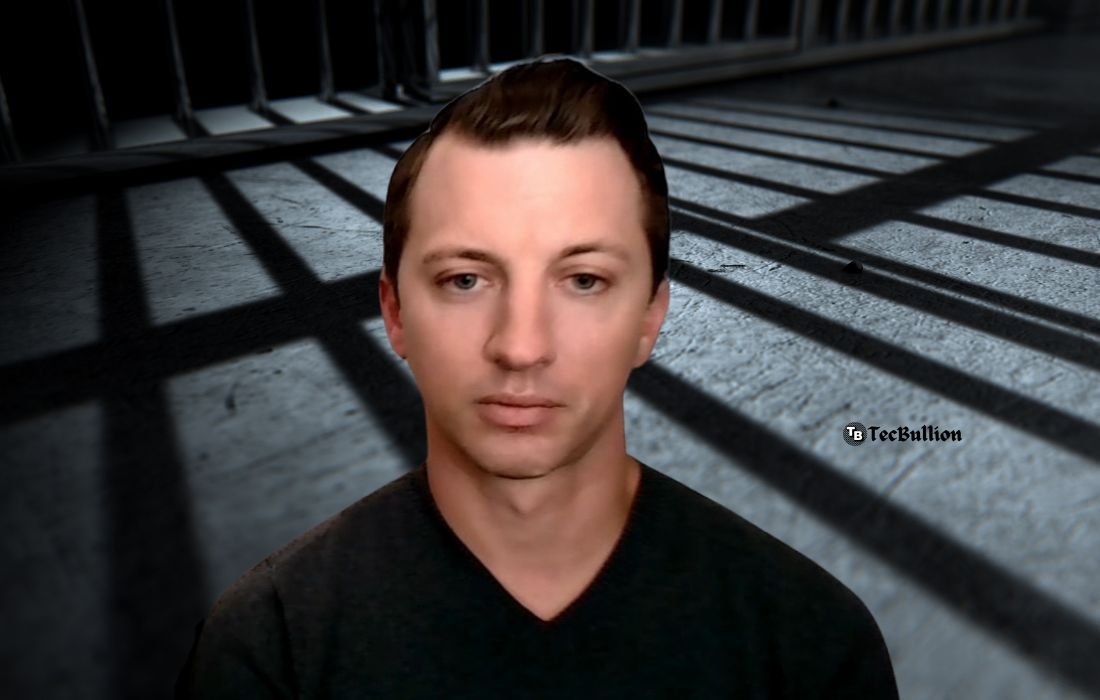The Denise Huskins kidnapping case is one of the most convoluted and shocking events in recent criminal history. What began as a reported abduction turned into a media spectacle, filled with accusations of deceit, only for the truth to unravel in a way no one expected. The case took place in Vallejo, California, in March 2015, involving the kidnapping of Denise Huskins from her boyfriend Aaron Quinn’s home. Initially, the police doubted the legitimacy of the claim, suspecting it to be a hoax. However, as events unfolded, the terrifying reality of a real kidnapping emerged, leading to a manhunt for the criminal responsible.
Who is Denise Huskins?
Denise Huskins is a physical therapist who became the unwilling center of this high-profile case. At the time of her kidnapping, she was living with her boyfriend, Aaron Quinn, in Vallejo. Huskins had no prior history with law enforcement or involvement in anything that would suggest she might become a target for such a crime. Her abduction, in what appeared to be a random attack, shocked her friends, family, and the public. Huskins would later endure significant trauma, not only from the kidnapping itself but also from the widespread skepticism about her claims, both in the media and from law enforcement.
The Mysterious Kidnapper
The man responsible for Denise Huskins’ abduction, Matthew Muller, was not immediately identified after the kidnapping. Muller was a former Marine and Harvard-educated lawyer whose life had spiraled downward after his military service and legal career fell apart. He suffered from mental health issues and had a history of erratic behavior, which would later factor into his actions during the kidnapping. Muller’s meticulous planning and execution of the crime indicated that he was no ordinary kidnapper. He broke into the couple’s home in the early hours of the morning, subdued both Huskins and her boyfriend with zip ties, and used drugs to incapacitate them. He then took Huskins from the home and drove her several hours away, where she was held captive.
The Ransom Demand
One of the most puzzling elements of the Denise Huskins kidnapping was the ransom demand. Shortly after Huskins was taken, her boyfriend Aaron Quinn reported the kidnapping to the police. According to Quinn, Muller had left a ransom note demanding $8,500. This relatively small sum for a ransom created initial doubts among investigators. However, Muller’s tactics were sophisticated—he used a prerecorded message, altered his voice, and implemented a well-thought-out method of communication, making it difficult for law enforcement to trace his actions. Despite the ransom demand, it soon became clear that Muller’s motivations extended beyond financial gain, as he was more focused on psychological manipulation and control.
Doubts and Accusations
From the beginning, police and investigators found the details of the case to be highly suspicious. Law enforcement officers initially believed that Denise Huskins and Aaron Quinn were fabricating the entire event. The unusual nature of the ransom demand, combined with the fact that Huskins was released unharmed within two days in Huntington Beach, led them to suspect that the kidnapping was staged. Vallejo police publicly stated that the case was reminiscent of the plot of the movie Gone Girl, in which a woman fakes her own kidnapping. This comparison fueled media speculation that Huskins and Quinn had orchestrated the event for attention or some unknown motive. As a result, Huskins and her family were subjected to intense public scrutiny and were unfairly vilified before the truth was revealed.
Eventually Deemed a Real Kidnapping
Despite the widespread belief that the Denise Huskins kidnapping was a hoax, evidence soon emerged that confirmed the terrifying reality of her abduction. After being released, Huskins was found in Southern California, where she gave a detailed account of her ordeal. She described how she had been drugged, blindfolded, and held captive by Muller, who had subjected her to a series of bizarre psychological manipulations. Her story was corroborated by physical evidence, including the location where she had been held and the items used in her captivity.
The turning point in the case came when Matthew Muller was connected to a similar home invasion and attempted kidnapping in Dublin, California. During the investigation of that case, authorities found evidence linking Muller to the Huskins kidnapping, including a video of the attack and items that had been used during the abduction. This evidence proved that Huskins and Quinn had been telling the truth all along, leading to a complete re-evaluation of the case.
How the Denise Huskins Kidnapper was Caught
Matthew Muller’s eventual capture was the result of his involvement in other crimes. After Denise Huskins was released, Muller continued his criminal activities, which ultimately led to his downfall. In June 2015, police investigating an attempted home invasion in Dublin, California, discovered evidence that pointed directly to Muller. During the raid on Muller’s South Lake Tahoe home, law enforcement found stolen property, computers, and other items linking him to the Huskins kidnapping. Most damning was the discovery of a video recording of the kidnapping, which showed Muller breaking into the home and carrying out the abduction. This was the critical piece of evidence that led to his arrest.
Muller’s background also began to come to light during the investigation. A once-promising lawyer, he had struggled with mental health issues, including bipolar disorder, which may have played a role in his increasingly erratic behavior. His descent into criminal activity was marked by a series of bizarre and dangerous incidents, of which the Huskins kidnapping was the most serious.
Sentencing and Aftermath
In 2017, Matthew Muller pleaded guilty to kidnapping Denise Huskins and was sentenced to 40 years in federal prison. The sentencing marked the end of a long and painful journey for Huskins and Quinn, who had endured not only the trauma of the kidnapping but also the public backlash and disbelief that followed. The Vallejo Police Department came under intense criticism for their handling of the case, particularly for publicly accusing Huskins and Quinn of lying. The department later issued an apology, but the damage had already been done.
In the aftermath of the trial, Huskins and Quinn filed a civil lawsuit against the Vallejo Police Department for defamation and emotional distress, citing the officers’ failure to properly investigate the case and the false accusations they faced. In 2018, they were awarded $2.5 million in damages. The case also brought attention to the broader issue of how victims of crimes, particularly women, are often disbelieved or blamed for their own victimization.
Conclusion
The Denise Huskins kidnapping case is a stark reminder of the importance of thorough and unbiased investigations. What started as a nightmarish ordeal for Huskins was compounded by the failure of law enforcement to take her story seriously, resulting in public humiliation and emotional trauma. Matthew Muller’s capture and sentencing brought some justice, but the scars left by the case run deep. For Denise Huskins and Aaron Quinn, the events of March 2015 will forever be a defining moment in their lives, but their resilience in the face of such adversity is a testament to their strength.





